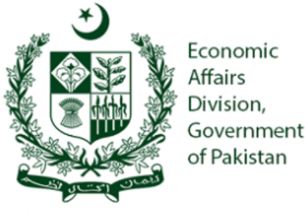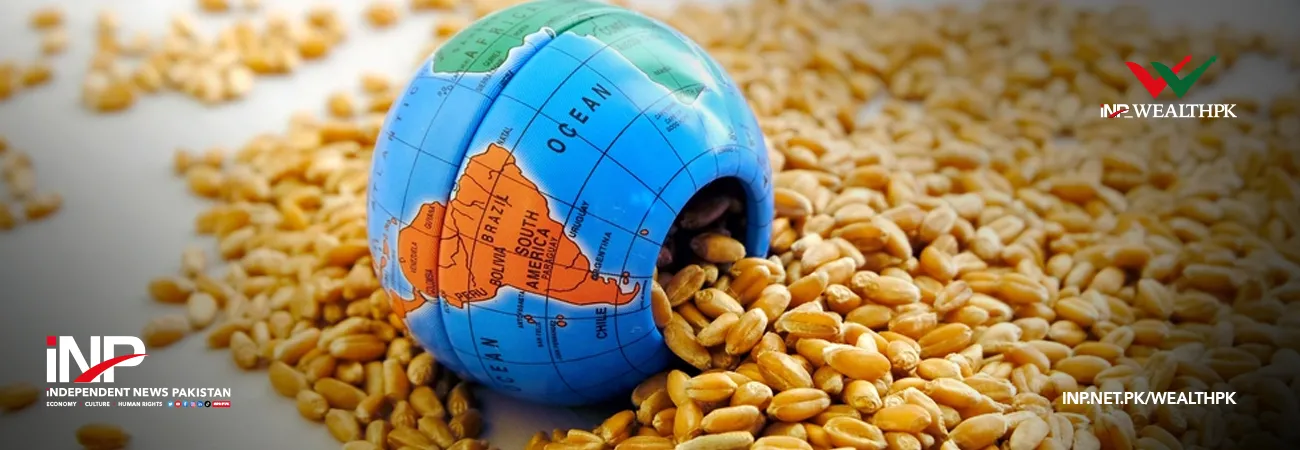INP-WealthPk
Abdul Ghani
Loans accounted for almost 80 percent of Pakistan’s total foreign economic assistance during the first four months of the current fiscal year, with cumulative external inflows reaching $2.29 billion in July–October 2025, according to the Monthly Disbursement Report for October 2025.
The document shows that Pakistan received $2.29 billion in loans, while grants totaled $50.56 million, highlighting the country’s heavy reliance on borrowed financing to meet fiscal and external sector needs. The small proportion of grants—just about 20 percent—reflects a structural trend in Pakistan’s external financing, where concessional and non-repayable inflows remain limited compared to loan-based commitments.
Of the total inflows, non-project assistance accounted for the largest share, with $1.52 billion received during July–October 2025. This category includes budgetary support and commodity assistance, most of which comes in the form of program loans. Meanwhile, project assistance amounted to $773.27 million, contributing roughly one-third of the four-month total.
The inflows recorded in October 2025 alone totaled $471.20 million, including $461.81 million in loans and $9.39 million in grants. October’s receipts represented nearly 19 percent of the four-month cumulative foreign assistance.
The document also outlines the federal government’s full-year external financing plan of $19.92 billion for FY2025-26, comprising $19.77 billion in loans and $147.9 million in grants. Against these allocations, loan disbursements during the first four months reached 12.28 percent of the annual target, while grant receipts reached 8.15 percent of the full-year allocation.
The data further highlight that project assistance—despite being smaller in absolute terms—is progressing at a comparatively faster pace in percentage terms. Receipts under project aid reached 29.2 percent of the annual project allocation, while non-project aid reached 8.5 percent of its much larger yearly target.
These figures underscore that Pakistan’s external financing remains primarily loan-driven, with the majority of inflows aimed at supporting the government’s budget and stabilizing the balance of payments. With grants forming only a modest share of total receipts, the burden of future repayment obligations continues to mount, as loan disbursements form the backbone of foreign assistance during the period under review.

Credit: INP-WealthPk












